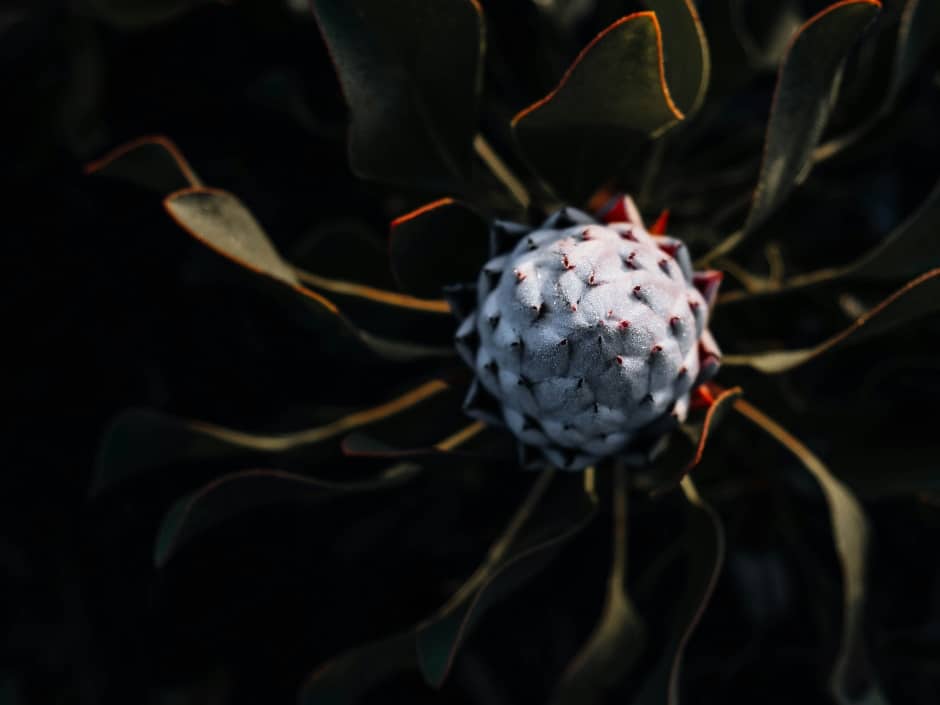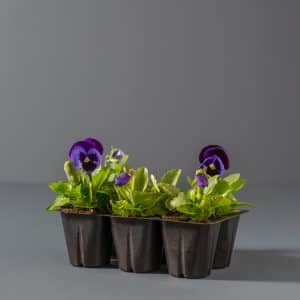Growing fynbos: All you need to know to get started
DIY and how-to

As South Africans, we are gifted with one of the world’s six recognised floral kingdoms right here in our backyard. Of course, we’re talking about South African fynbos: the most diverse of all of them, and the only one contained in its entirety within a single country.
You may be familiar with fynbos plants like our famous national flower the King Protea, along with its friends restios, ericas and leucadendrons, but did you know that fynbos is so diverse that it’s made up of an estimated 9 500 known species? Having such a diverse microbiome isn’t only impressive, but also critical to a healthy, sustainable ecosystem.
The best part? You can do your bit through indigenous gardening to boost your neighbourhood’s biodiversity with these beautiful drought-tolerant plants, and help keep your water bills in check, too.
Fynbos benefits for your garden
Fynbos checks the waterwise box, but it does so much more than that, too.
As you learn about fynbos gardening for beginners, you’ll soon realise that this special group of vegetation has more than one claim to fame. Various fynbos plants, like those in the protea family, attract specialised pollinators like birds and insects, making them key to maintaining an ecological balance in your indigenous garden.
Besides this, fynbos plants are famously resilient, thriving in the Western Cape’s nutrient-poor soils, and designed to work hand in hand with the wildfires that occur now and then in the region. In fact, many fynbos varieties have evolved to regenerate after fires, or rely on fire to trigger seed germination.
Best fynbos plants for home gardens
With thousands of known species of fynbos, choosing which fynbos to grow might just be the toughest decision you’ll make.
To make it easier, these indigenous plants that thrive in local conditions are our faves for fynbos landscaping:
- Leucadendrons, ideal for hedges to add shape and flow to your garden
- Aloes, an all-rounder when it comes to biodiversity, water-wise gardening and health benefits
- Ericas, for beautiful blooms
- Proteas, a striking accent piece for your garden
- Pelargoniums, great as a shrub addition to your home
Soil and watering tips for fynbos gardens
Want to learn how to care for fynbos in your garden? Follow these pointers and you’ll be well on your way:
The best light conditions for growing fynbos
Fynbos enjoys full sun and won’t grow well in damp or humid areas.
The best soil for growing fynbos
While fynbos may be used to growing in nutrient-poor soil, it still needs to have decent drainage to mimic the sandy, coastal soils of the Cape.
This also means you should be selective about any fertilisers you use. Chemical fertilisers containing phosphorus can damage your fynbos plants, so use a slow-release organic fertiliser instead.
Upcountry where soil tends to be the heavy clay variety, create mounds or slopes and mix in some acid compost for a more suitable soil composition.
Proteas in particular prefer cool soil conditions. Consider planting indigenous ground covers like Othonna or Carpobrotus to protect your soil from sun and erosion.
Watering tips for growing fynbos
While fynbos plants are fairly drought-tolerant, they need to be well established before they can tolerate long, dry periods.
In the Western Cape, this means planting fynbos species during the cooler, wetter autumn and early winter months. For Gauteng, rather wait until early spring when the frost has passed but the weather is still cool.
Take care to keep the soil of just-planted fynbos moist (but not waterlogged) by watering two to three times a week. Once your plants are established, you can reduce watering to once a week.
How to care for fynbos in your garden: avoid these mistakes
Fynbos is a relatively low-maintenance choice for your indigenous garden, but there are some basics you don’t want to get wrong in setting your plants up to thrive.
Too much moisture = disaster
Warm, wet soil is the perfect breeding environment for diseases that are prone to attacking proteas and other fynbos species. That’s why it’s best to keep the soil for your fynbos plants cool and dry.
Planting in the wrong season
While fynbos is fairly drought resistant, give it a chance to get established before you put it through a long, dry period. Proteas take about 18 months to fully establish.
This is why Western Cape gardeners should plan for planting in winter, while Gauteng gardeners are encouraged to plant their fynbos during spring once the worst of the frost is over.
Ready to start growing fynbos?
For all your gardening supplies, expert advice and popular fynbos varieties perfectly suited to your growing indigenous garden, head down to your nearest Stodels garden centre.
Shop online
-
VIRIKOP 200G
- R139.99
- Add to cart Learn More
-
Coco Coir 640g
- R49.99
- Add to cart Learn More




